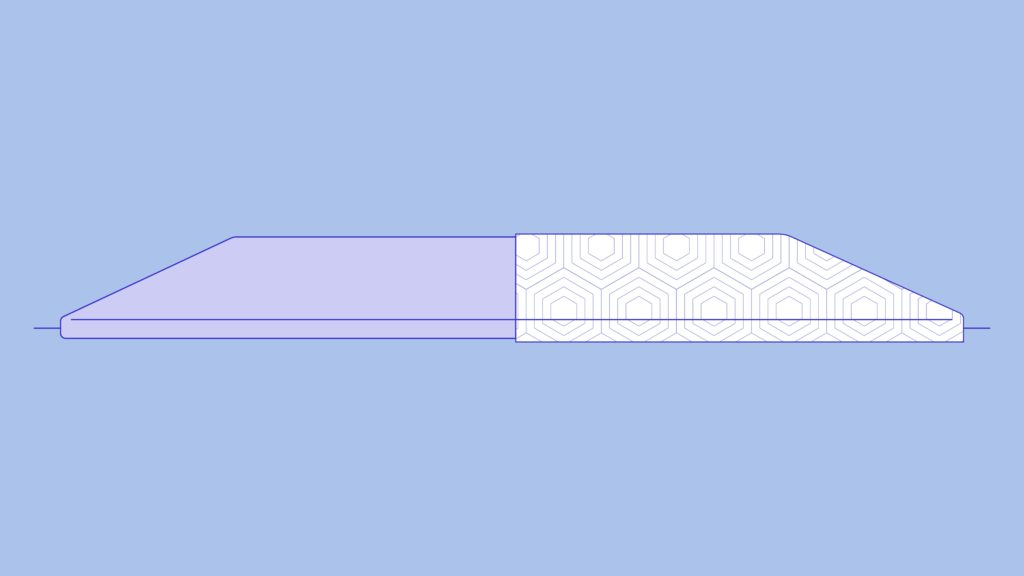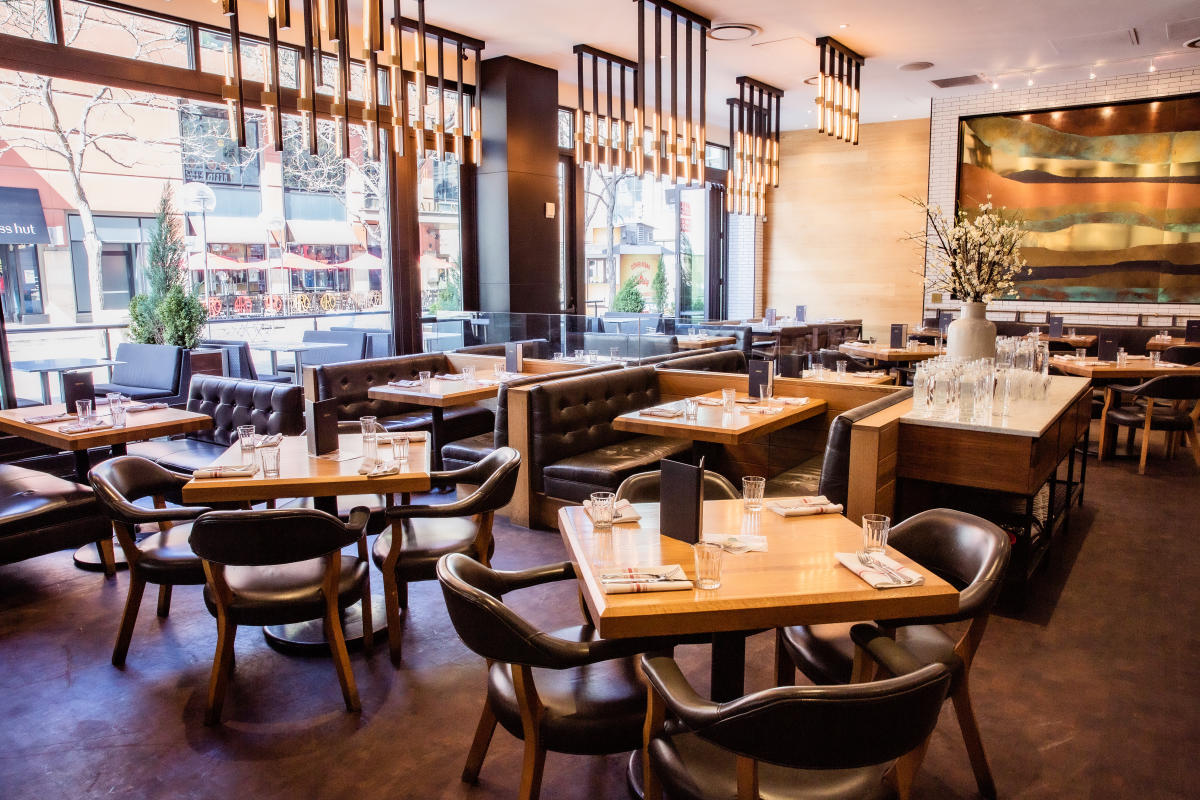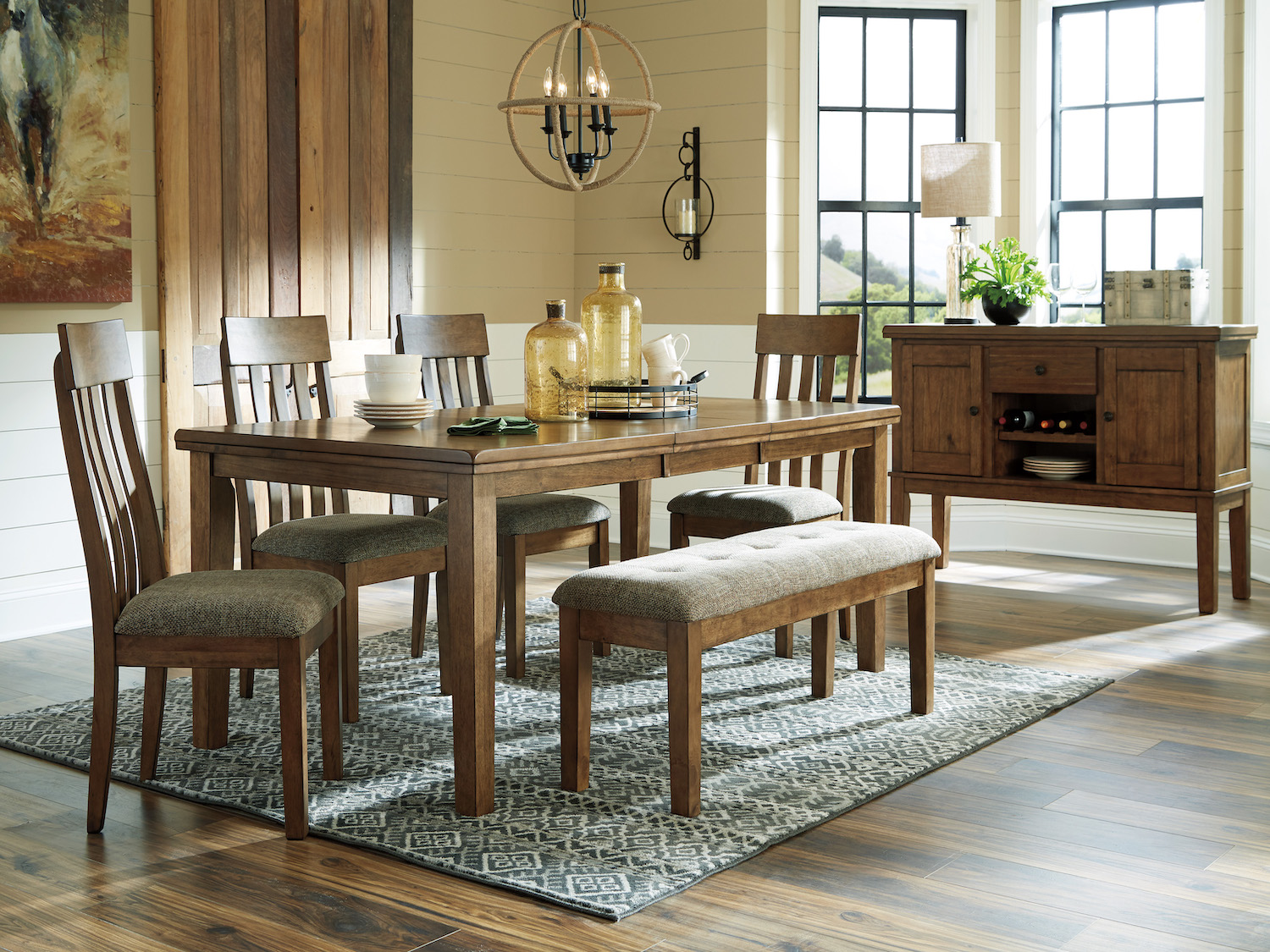Most kitchens are composed of several light sources that give an overall pleasing look to the area. Unfortunately, poor design decisions can lead to kitchens with harsh, unnatural lighting that can be an eyesore. Having harsh lighting that isn’t well-balanced can be a major downfall in any kitchen design. Poor placement and directional lighting can cast unflattering shadows throughout the kitchen, making it feel cold and uninviting. To ensure an even and pleasant glow, use task and ambient lighting in the kitchen to create a balanced source of illumination. Task lighting is great for providing a direct source of light for certain areas, such as the sink or stove, while ambient lighting provides a warmer, softer glow that fills the direction throughout the kitchen. These two techniques combined can create the ideal lighting in any kitchen.Harsh Lighting in the Kitchen
No kitchen should be without some form of ventilation, as this can cause numerous issues down the line. Without proper ventilation, moisture can build up and create problems such as mold and unpleasant odors. To prevent this from happening, install a good ventilation system that will suck the air from the kitchen out and help reduce buildup. The ventilation should be set up to provide adequate air flow while still keeping the noise level down. The type of ventilation needed will depend on the size and layout of the kitchen, so be sure to find the best one for your needs. Exhaust fans, for example, provide good air flow and are relatively easy to install.Lack of Ventilation
Cabinets are a must-have for any kitchen, whether they’re used for storage or for decoration. However, ill-fitted cabinets can ruin the look of a kitchen, both in terms of aesthetics and functionality. Cabinets should be fitted to the exact measurements of the space they’re going into, as overly large or small cabinets can cause gaps, uneven lines, and other similar issues. Cabinets should also be made from durable materials that are easy to clean and will last for years, such as laminate or veneer. Poorly constructed cabinets not only detract from the look of a kitchen but can also be dangerous, with shelves that can break easily and parts that are not safe to use. Ill-Fitted Cabinets
Having plenty of storage space is a must in any kitchen, as this helps to prevent clutter from overtaking the room. Unfortunately, many kitchen designs rely on bulky freestanding units or other underutilized storage solutions. Foundational storage such as cupboards, drawers, shelves, and even islands can be incorporated into a kitchen’s design. This will help to make the most of the available space and create an efficient area that’s easy to use. In addition, a kitchen should always have a designated area for food storage, as this reduces the risk of pests and serves as an efficient way to keep everything organized. Faulty Storage Solutions
Countertop space is a major part of any kitchen and should be given careful thought when it comes to design. Countertops should be large enough to provide enough work space without becoming too crowded. Countertop space needs can vary from kitchen to kitchen, and a good design will take into account the type of work typically carried out in it. For kitchens where a lot of cooking takes place, large countertops designed for food prep should be included. Larger kitchens, on the other hand, may be able to accommodate smaller countertops that are used for essential tasks like chopping. Inadequate Countertop Space
Perhaps the most important aspect of a great kitchen design is its layout. The kitchen should be designed to make efficient use of the available space and ensure that all areas are within easy reach. Poorly designed layouts can cause congestion and make cooking and cleaning more difficult. A good design will create a natural traffic flow throughout the kitchen and make it easy to move between the kitchen and other areas of the house. The layout should also help to create an ergonomic environment, where one can easily access workstations, storage, and appliances. Finally, keep in mind the many factors that go into a good kitchen layout, such as counter heights, work zone placement, and cabinetry arrangement. Poorly Designed Layout
Appliances are a necessary part of any kitchen, and having the wrong ones can hinder the overall experience. Selecting appropriate appliances is essential in order to ensure good performance, efficiency, and safety. Not all kitchens require the same appliances, and it’s important to select the ones that best suit the unique needs of each kitchen. Think about the function of the appliances and how their features can make the kitchen a better place to spend time. Also consider how easy they are to use and maintain, as well as their energy efficiency and environmental impact. Inadequate Appliances
Lighting is another important aspect of a great kitchen design. Without good lighting, tasks such as food preparation and cleaning can be difficult, and aesthetically the kitchen won’t look as inviting. Poor lighting can also create shadows and other unpleasant effects. To ensure the best lighting, use multiple light sources that allow for unimpeded illumination. Place these light sources in areas where they won’t cast any shadows and can provide the most coverage. Additionally, dimmers can be used to change the lighting intensity and create various moods in the kitchen. Inadequate Lighting
Kitchen designs should always be tailored to the individual needs and tastes of the owner. This means that a kitchen design should not try to be everything to everyone and should instead focus on the existing environment. An incompatible design will look out of place and won’t be able to fully maximize the potential of the kitchen. By taking into consideration the kitchen’s size, the types of activities that take place in it, and the user’s goals, one can come up with a design that fits the needs of the space perfectly. Incompatible Kitchen Design
Color plays an important role in any kitchen design and can have a profound effect on the overall atmosphere of the room. Poorly chosen color schemes, such as bright and conflicting colors, can be unnecessarily distracting and create a jarring atmosphere. To ensure an inviting and attractive kitchen, use a color scheme that is warm and inviting. Neutral tones such as white, gray, and beige are great options when designing a kitchen, as they open up the space and create a calming atmosphere. For added interest, use warmer shades and textures such as wood and stone. Ill-Chosen Color Schemes
Common Kitchen Design Failures
 The kitchen is one of the most important rooms in the home, but poor design can turn even the best of ideas into a frustrating experience. It pays to take time in the planning stages to avoid some of the most common kitchen design failures.
The kitchen is one of the most important rooms in the home, but poor design can turn even the best of ideas into a frustrating experience. It pays to take time in the planning stages to avoid some of the most common kitchen design failures.
Lack of Storage Space
 One of
the most common kitchen design mistakes is a lack of storage space
. Many people are drawn to the modern trend of open shelves and storage solutions, but there is no denying the convenience of dedicated cabinet space. Cupboards and drawers make it easy to store and access items, and you won’t have to keep your items hidden away to make the space look tidy.
One of
the most common kitchen design mistakes is a lack of storage space
. Many people are drawn to the modern trend of open shelves and storage solutions, but there is no denying the convenience of dedicated cabinet space. Cupboards and drawers make it easy to store and access items, and you won’t have to keep your items hidden away to make the space look tidy.
Poor Lighting
 Ineffective lighting is another common kitchen design mistake. Poorly placed lights, or a lack of natural light, can make the area dull and unappealing. Aim to have a combination of overhead and task lighting,
as well as making use of natural lighting where possible
.
Ineffective lighting is another common kitchen design mistake. Poorly placed lights, or a lack of natural light, can make the area dull and unappealing. Aim to have a combination of overhead and task lighting,
as well as making use of natural lighting where possible
.
Inadequate Bench Space
 Preparing meals and entertaining guests requires ample bench space. Many kitchen designs skimp on bench space, leaving the user with insufficient space to work. To ensure you don’t fall into this trap, measure the available space and plan around your needs.
Preparing meals and entertaining guests requires ample bench space. Many kitchen designs skimp on bench space, leaving the user with insufficient space to work. To ensure you don’t fall into this trap, measure the available space and plan around your needs.
Cluttered Layout
 A cluttered layout
can be incredibly frustrating. For the average kitchen user, a cluttered layout can make it difficult to find specific items, as well as prevent efficient navigation around the room. To avoid this problem, plan your layout around the items you use most often and keep walkspace clear.
A cluttered layout
can be incredibly frustrating. For the average kitchen user, a cluttered layout can make it difficult to find specific items, as well as prevent efficient navigation around the room. To avoid this problem, plan your layout around the items you use most often and keep walkspace clear.































































































